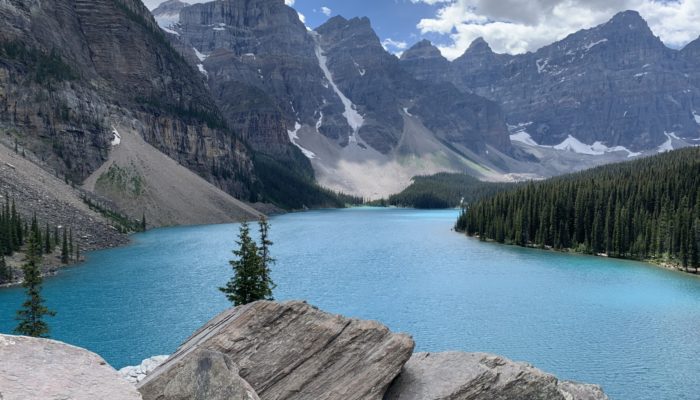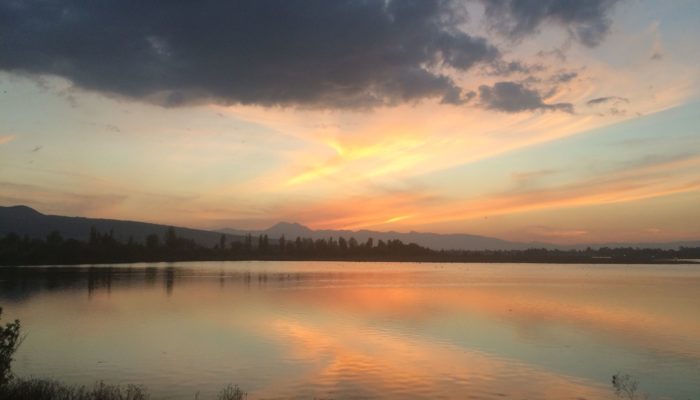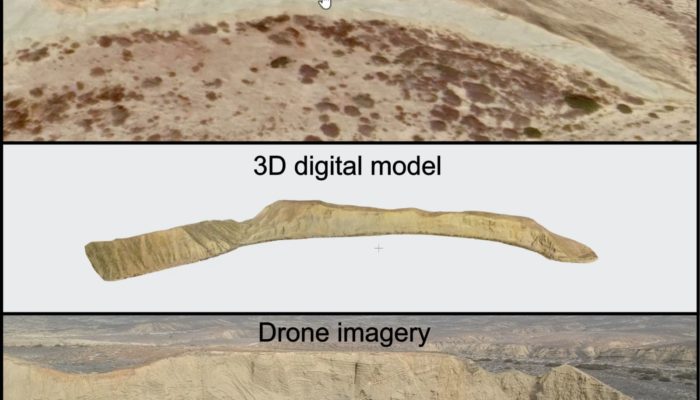Introduction In 2022 I was asked to put together a virtual field trip looking at carbon sequestration (CCS). We are particularly lucky in Alberta in having three excellent Cambrian targets for CCS including the Basal Cambrian Sandstone, currently being used for CCS in Shell’s QUEST project, quartzites of the Deadwood Formation (being utilized for a CCS project in Saskatchewan) and the Gog Quartzit ...[Read More]
Towards a better understanding of 500,000-years climate history in central Mexico
The effects of climate change on tropical regions are in parts still poorly understood, although the tropics include some of the most populated areas in the world. Now we created an age-depth model and a moisture reconstruction of the last 500,000 years from one of the oldest lakes in central Mexico, Lake Chalco. Central Mexico, because of its mild climate and fertile soil, has been continu ...[Read More]
International Continental Scientific Drilling Program Workshops – How they work and why they provide fascinating experiences and perspectives, especially for early career scientists
Thanks to the novelty and potential of my research focus (a paleothermometer for lacustrine environments based on the application of the carbonate clumped isotope technique on small crustacea shells (ostracods)) that provides insights into atmospheric temperatures of the past, I was selected by the committees of three International Continental Scientific Drilling Program (ICDP) workshops. The aim ...[Read More]
The digitalization of sedimentary outcrops
From sketches to first photos Knowledge of geology and, in particular of sedimentology, has successfully been transferred and shared for hundreds of years through sketches. Like a botanist or zoologist, a geologist is able to record data from the field with just a paper and a pencil in the form of drawings (see one of the earliest published sketches of an outcrop in Figure 1). Geological maps and ...[Read More]




